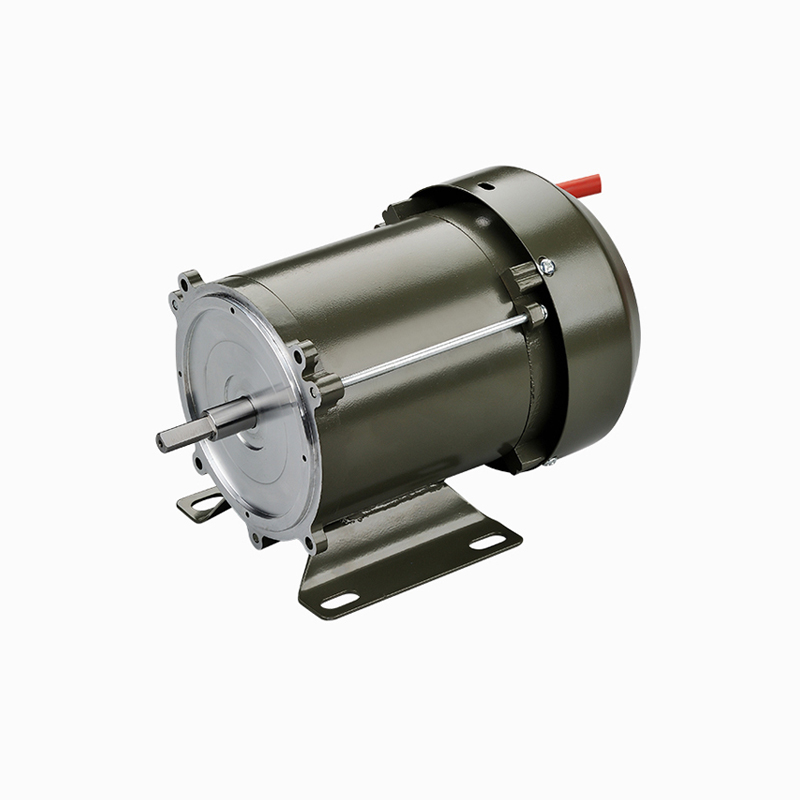Call us
+86-18023576732
+86-0579-89008006
Fax: +86-0579-82206899
Permanent Magnet DC Motor technology is widely used in various industrial, automotive, and robotics applications due to its high efficiency, precise control, and compact size. However, like all electric motors, it is susceptible to electrical and mechanical stresses that can cause overcurrent or overload conditions. Overload occurs when the motor operates beyond its rated torque or load capacity, while overcurrent happens when excessive electrical current flows through the motor windings. Both scenarios can cause overheating, accelerated wear, or even permanent damage. Implementing effective protection strategies is therefore essential for maintaining reliability, performance, and safety.

One of the common methods to protect a Permanent Magnet DC Motor from overcurrent is current sensing. By monitoring the current drawn by the motor in real time, control systems can detect anomalies or excessive flow. Shunt resistors, Hall effect sensors, or current transformers are often employed to measure current accurately. When the current exceeds a predefined threshold, protective circuits can trigger immediate responses, such as shutting down the motor, reducing voltage, or activating a bypass mechanism. This approach prevents the motor from overheating and protects downstream electronics.
Overload protection is closely linked to thermal monitoring. Excessive mechanical load can cause the motor to draw more current, increasing heat in the windings and permanent magnets. Thermal sensors, such as thermistors or temperature-sensitive switches, are integrated into the motor housing or windings to monitor temperature. When a critical temperature is reached, the system can automatically reduce the load, stop the motor, or activate cooling mechanisms. Thermal protection not only safeguards the motor from immediate damage but also extends its operational life by preventing insulation degradation and magnet demagnetization.
Modern Permanent Magnet DC Motor systems often incorporate electronic controllers capable of advanced protection functions. Motor drivers and microcontroller-based systems can implement overcurrent and overload limits in software. These controllers continuously monitor voltage, current, and speed parameters, and apply corrective actions when limits are exceeded. Features such as soft start, ramp-up current limitation, and torque control help reduce stress during startup or sudden load changes. Electronic protection allows for precise, adaptive responses that traditional mechanical or relay-based methods cannot achieve.
Mechanical protection devices, such as fuses or circuit breakers, provide an additional layer of safety. Fuses are designed to blow when the current exceeds a rated value, disconnecting the motor from the power supply. Circuit breakers can automatically trip under overcurrent conditions and be reset after resolving the issue. While these devices are not as fast or adaptable as electronic solutions, they serve as reliable fail-safe mechanisms to prevent catastrophic failure and ensure compliance with safety standards.
The effective protection strategy for a Permanent Magnet DC Motor combines current sensing, thermal monitoring, electronic control, and mechanical devices. By integrating multiple layers of defense, engineers can achieve both fast response to sudden overcurrent events and sustained monitoring for overload conditions. This multi-tiered approach reduces the risk of motor damage, maintains operational reliability, and ensures safe operation in diverse applications.
Contact Us